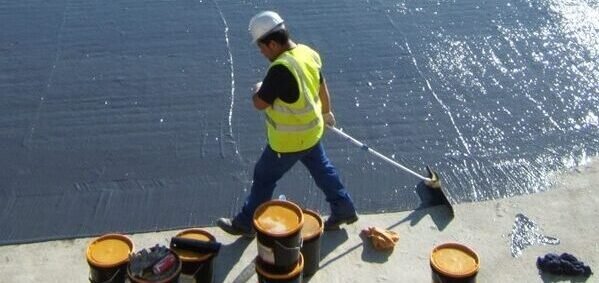Waterproofing is considered one of the fundamental and vital steps in maintaining and protecting buildings from water leakage and the adverse effects of exposure to environmental and weather conditions. Waterproofing involves the application of specialized materials on surfaces to create an effective barrier against water and moisture leakage. Waterproofing can cover various surfaces, and concerning roofs, a waterproofing material is used to keep the building surface free from leakage and damage. There are numerous waterproofing options available, including various materials that can be flexibly used to achieve effective performance. Waterproofing for roofs can be transparent, shiny, or matte based on the desired aesthetic. When it comes to roof waterproofing, choosing the best waterproofing material that suits the project’s needs is crucial. Waterproofing materials can be relied upon to provide effective protection against leakage and moisture, considering providing additional thermal insulation if necessary.
Waterproofing is a type of insulation used to protect surfaces from exposure to rainwater and various leaks that may threaten these surfaces. When rainwater falls on surfaces without a specific drainage point, it accumulates heavily on the surface, increasing the risk of surface collapse or other hazards. Therefore, insulation helps prevent the surface from being affected by this water and preserves its quality. Waterproofing is done by following the following steps:
To select the best waterproofing materials for surfaces, they must have the following specifications:
These materials should work to reduce the conduction of heat into the building.
They should be characterized by high resistance to prevent water leakage.
They should withstand high temperatures and extreme humidity.
They should not emit any odors that may be harmful to human health.
They should not inhibit the growth of harmful bacteria and fungi.
They should be characterized by a long expected lifespan and not prone to rapid deterioration.
They should possess high flexibility as well as extreme ease of installation.


 Ar
Ar